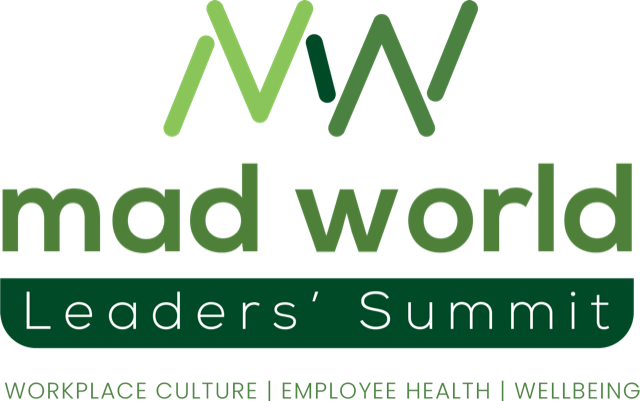Many wellbeing initiatives within organisations are aimed at office-based staff—overlooking the large sections of the workforce who don’t work behind a desk. At Ridgeflow Performance, we’ve supported thousands of frontline, shift-based, and non-office-based workers across sectors and countries.
From over 300 supermarket teams across the Baltics with Rimi Baltic, to warehouse and retail staff at ASICS in over 18 countries, to manufacturing staff across 10 countries with a global pharmaceutical company, to school support teams including engineers, gardeners, and cleaners—we’ve developed deep insight into what works, what doesn’t, and how to make wellbeing genuinely accessible for people without predictable workdays.
Here’s how we do it.
Step 1: Start with a real needs analysis
Before jumping into solutions, the first—and most important—step is to understand the needs of the people you’re trying to support.
Wellbeing isn’t one-size-fits-all. Frontline staff face different pressures in different environments. Some stress may stem from workload, others from home life. Some may feel physically unwell, others may struggle with poor sleep or inadequate recovery time. Some may lack psychological safety at work or feel unsure about how to access the benefits already available to them.
That’s why a robust needs analysis is essential. This should include:
- Quantitative surveys: To assess levels of work-related vs. non-work-related stress, psychological safety, physical health (e.g. musculoskeletal concerns), nutrition, sleep, recovery, and perceptions of current benefits. Make sure these are translated into their first languages if possible. We use professional translators, but with AI this can be a very easy task.
- Focus groups and interviews: To explore more nuanced themes—what’s working, what’s missing, and how support could be more accessible.
- External facilitation: Using a trusted third party increases honesty, protects anonymity, and leads to more actionable insights.
In each of the organisations we’ve supported—from a courier firm in London to manufacturing teams in 10 global markets—this initial diagnostic phase helped build trust, reveal the unique needs of different staff groups, and guide what kind of support would actually land. It also provided a data baseline to measure the impacts of initiatives.
Only once we’ve understood the context can we deliver the kinds of support outlined in the next step.
Step 2: Offer flexible support that actually fits their lives
With office staff we often hesitate to offer this, based on low engagement rates. On-demand support has been a game-changer in these contexts, however. Our tailored e-learning modules allow staff to engage at their own pace, on their own time, in privacy—even if that’s on a break or after a shift. We’ve rolled this out across business networks like BIDs and Active Partnerships, supporting staff from retailers and restaurants to charities and film crews.
Where live interaction is valuable, virtual workshops have been the most inclusive format. We’ve seen this particularly in public sector and NHS settings. For example, working with the NHS North East and North Cumbria Integrated Care System—home to 170,000 staff—we ran over 50 tailored virtual wellbeing workshops. Many sessions, especially manager and wellbeing champion training, had waitlists due to demand.
When feasible, in-person training also has a role—particularly when built into existing team meetings or development days – which worked well with specific directorates in the British Red Cross. But the emphasis remains on adaptability and respect for time pressures.
Step 3: Localise and humanise communication
One insight we’ve gained is that even the best-designed session won’t get attendance if no one hears about it.
For a major facilities company whose cleaning teams work across 50 WeWork sites, we ran a wellbeing strategy programme supported by the Design Council and Impact on Urban Health. Engagement in wellbeing surveys exceeded 85%—thanks to a multilingual, multi-channel awareness campaign across WhatsApp, posters, manager meetings, and internal comms, in both English and Spanish.
However, high signups to live workshops didn’t always translate to attendance—staff were often pulled away last-minute or simply forgot. This confirmed what we’ve long believed: effective communication is about timing, repetition, relevance, and visibility. And then tailoring and updating the support to match the realities on the ground.
Step 4: Get local manager buy-in (or risk wasting effort)
One of the biggest lessons? Even the best communication and senior leader buy in won’t stick if managers on the ground aren’t reinforcing it.
In the facilities management company’s case, some cleaning staff were keen to attend wellbeing sessions, but weren’t encouraged—or even allowed—to leave their duties to attend workshops or other wellbeing support by the managers on the ground (even though senior leaders in head office were very much bought in). This isn’t a one-off issue. Again and again, we’ve seen that local manager buy-in is critical. Managers set the tone. If they champion wellbeing, staff feel they have permission to engage.
That’s why we don’t just train frontline teams—we also train their managers at all levels. Our Wellbeing Training for Managers is CPD-accredited and equips leaders with the tools to support team wellbeing without compromising performance. Because ultimately, it’s not just about offering support—it’s about enabling it.
Step 5: Peer support that scales
In high-turnover, low-margin environments, ongoing external support can be difficult to sustain. That’s where peer support through Wellbeing Champions comes in.
Training proactive champions who understand the day-to-day realities of their teams—because they live them too—has proven to be one of the most effective ways to build wellbeing into the fabric of an organisation. Being picky with who becomes a champion here is very important. With Asics EMEA we designed a voluntary job description for staff to apply and commit to the voluntary role after being trained which proved effective.
Across multiple projects, from NHS Trusts to cleaning teams, we’ve helped organisations identify, train, and support internal proactive wellbeing champions who can sustain the momentum from within.
Step 6: Real results and key takeaways
What’s worked?
- Over 99% of attendees across sectors say they’d recommend our sessions to others.
- Needs Analysis engagement rates have been as high as 85%.
- Most organisations returned for further training or ask for bespoke support after seeing measurable positive impacts.
- Feedback and engagement rates consistently highlight the importance of tailored content based on role type and real-life challenges.
But it hasn’t all been smooth. A key learning from our NHS ICS work was that even great content (like e-learning training videos) can go underutilised by specific departments if staff don’t know they exist. Internal promotion matters. Visibility matters. Manager reinforcement matters.
Conclusion: Wellbeing that works in the real world
We often say that wellbeing isn’t about bean bags and yoga classes. It’s about giving people the tools, support, and environment to stay healthy, focused, and fulfilled in the context of their actual work and preferences.
For frontline staff—those without desks, with limited time, working under pressure—this requires a very different approach. It demands flexibility, creativity, and a deep respect for their lived experience.
But when it’s done right, it works. Wellbeing support can reach the people who need it most—and make a real difference.
Want to make wellbeing work for your frontline teams? Start by listening to them. Then tailor your support to fit their world—not yours.
About the Author

Khalil Rener is the founder of Ridgeflow Performance and a top-tier leadership consultant, performance coach, and wellbeing expert. With a BSc and MSc in Sport and Exercise Science from Loughborough University, his work focuses on applying the principles of elite sport to help people and teams thrive at work. Khalil has supported organisations including DP World, Novartis, the NHS, Deloitte, NatWest, Sport England, and many more—from global companies to schools, councils, and frontline teams. His breadth of experience spans industries, team sizes, and career stages, from senior leaders to students and early-career professionals.
You might also like:












